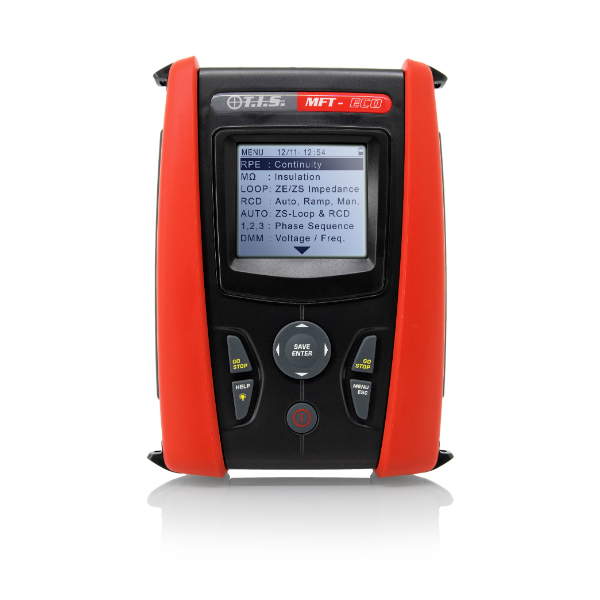Insulation in electrical terms is a material that doesn’t conduct electrical current. So it is used around wires and other conductors to protect people and the environment as a critical safety mechanism. However, no insulation material is 100% reliable or perfect even when it is brand new, so you can get electrical current travelling through an insulating material, and this is called current leakage. Some amounts of current leakage are acceptable, but bigger amounts can start to cause a problem.
What makes insulating materials deteriorate?
Insulating materials will always deteriorate with age and become less effective, but this can also be accelerated where the wiring is in a harsh environment in terms of storage, how it is used or how it has been installed. So a poor installation can lead to deterioration but also if the wiring is subject to vibration, extreme heat or cold, dirt, oil, moisture or corrosive materials. All these conditions will lead to the insulation quality reducing.
What happens when insulation becomes poor?
When insulation deteriorates to harmful levels this means that more electrical current is leaking out. This can lead to electrical shocks, burns and fires. Naturally this is a huge safety concern for people, but can also lead to equipment downtime, equipment damage and costly business interruption.
What is resistance?
Resistance is the measure of how electrical current is opposed in a circuit. There are many ways in which electrical current flowing through a wire doesn’t get to its destination. This is known as resistance and so is a method of quantifying how much current flow is being prevented, and is measured in ohms.
So what is insulation resistance?
Insulation resistance is therefore the resistance offered by the insulation covering a conducting wire that is carrying electrical current. So in basic terms, the insulation resistance test is a test of how effective the insulation is in preventing current leakage. It determines the leakage of current which flows through the insulation, so we check the insulation resistance to ensure that current leakage levels are not harmful and at this moment in time won’t lead to damage and/or injury.
The insulation resistance test ensures that electrical systems are reliable and equipment is safe. Good insulation has a high resistance to current and hence a high result is good, and a low result could be problematic.
When is an insulation resistance test done?
An insulation resistance test should be carried out when installing new electrical equipment or machinery. It is a starting reference point for future testing and should therefore be recorded carefully. Age and use reduces the electrical resistivity of insulating materials and therefore increases the current leakage, so this needs to be identified quickly so that corrective action can address these issues. So insulation resistance should be tested upon commissioning new equipment and machinery and also at regular intervals afterwards.
How to test for insulation resistance with a multi-function tester
Typically an insulation resistance test should be undertaken at at least two different points of wiring so that the levels of resistance and current leakage can be determined as the current flows through the wire.
Using the MFT-PRO, the MFT-ECO or any other multi-function tester supplied by Test Instrument Solutions, for example, you can select the insulation test from the main menu. In the test you inject a high test voltage to measure the current produced. This is similar to testing a plumbing installation by flowing high pressure water through the system. The resistance is measured using Ohms law, ie. resistance equals voltage divided by current.
The MFT-Eco guides you through the process, shows you how to set-up the test with the correct connections, and shows all the results on one screen. These results can then be compared to acceptable standards and recorded for future reference. Where insulation resistance is below acceptable levels you will need to initiate corrective actions to maintain a safe environment.
Please note that this section is for information purposes only. Anyone using equipment referred to in this section must be suitably qualified and/or experienced within the respective field. If in doubt before use, please consult a qualified electrician or engineer & thoroughly read all instruction booklets.